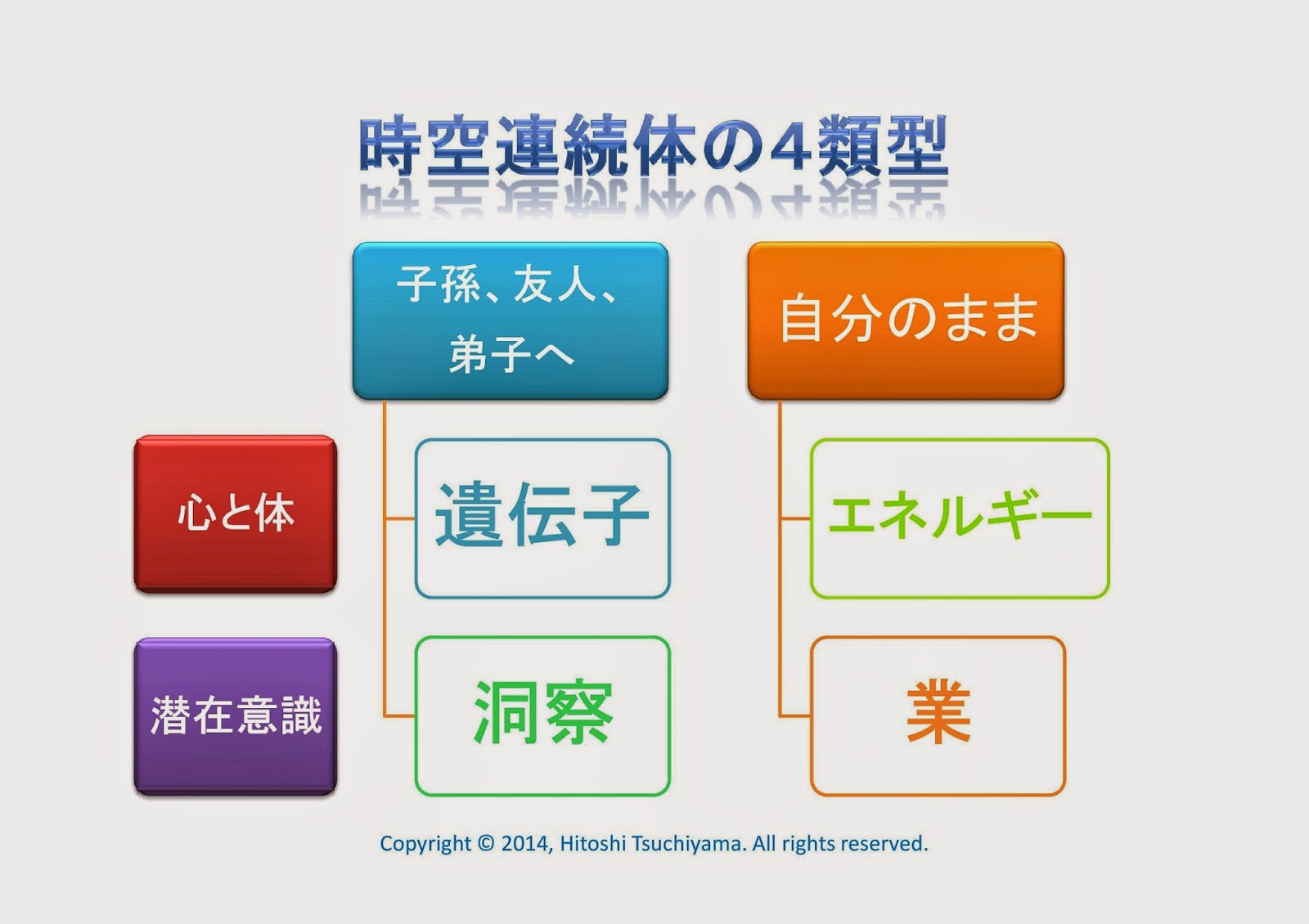Nobody was born as 100% evil. All babies are actually gods. Environments (incl. parents) play an important role to grow up children. That's all. Good and evil are interdependent like light and darkness. We can't recognize light without darkness. If we remove darkness, light is also removed. If evil is there, the good is already there at the same time. Lotus flower can't grow without mud.
I agree to the Vedantists' understanding of evil as simply a part of the process of construction/destruction within the impersonal Source or Brahma. The deeper the valley is, the higher the mountain will be. So, the evil of cruelty without nurturing it in ourselves may be a great gift. I feel those who are the manifestation of evil seeds have great potential to attain enlightenment. And the hints to realize the potential are shown in the wise teachings of all major religions.
I am quite convinced that "evil seeds" is due to karmic configuration. When the causes (karma till past life) and conditions (environments incl. parents) are fully ripe, the manifestation (impacts) of the past karma (evil seeds) occurs. Nobody can stop it. So, the person needs to accept all impacts of the past karma without creating new negative karma and offset the past karma. The evil people mean those who can't endure the impacts of the past karma and have created new negative karma through the counterattack and revenge. I can't prove it scientifically at this moment but it will be proved. (We need tools to measure subconscious. I feel that magnetic field or Higgs Boson may have something to do with subconscious.) I have no doubt that it is possible to light up empathy centers (within the circuits of the brain) of evil people.
Roses Photo by Diana rose Sangar

















